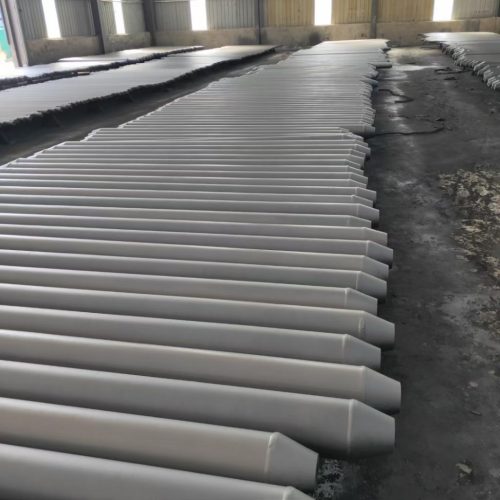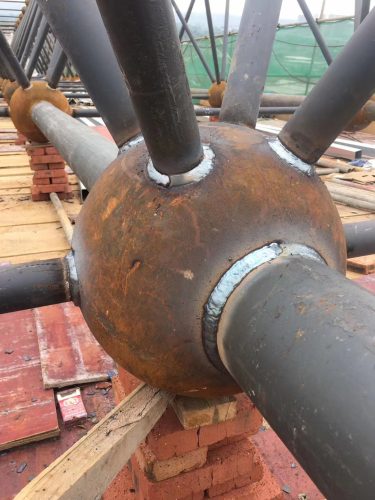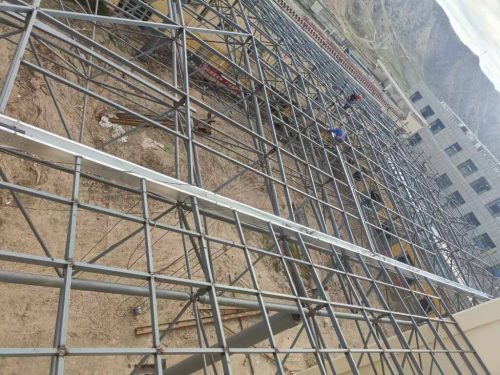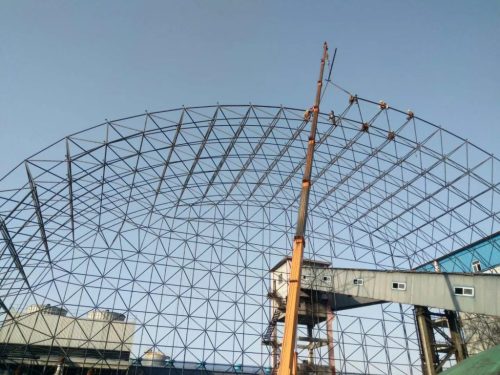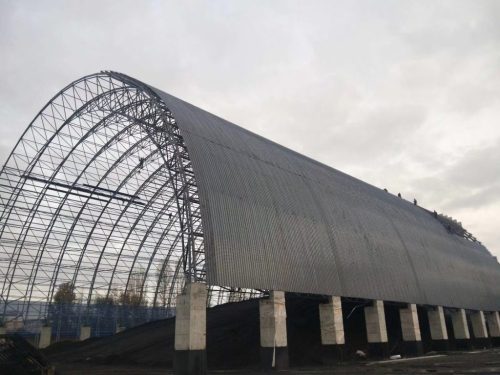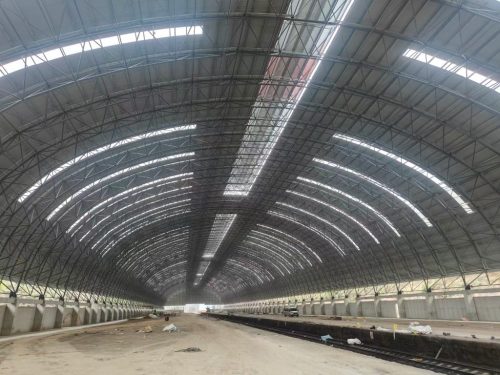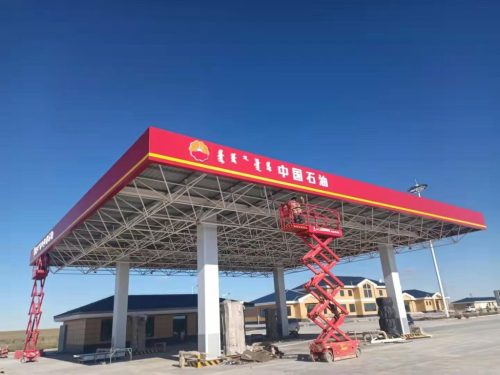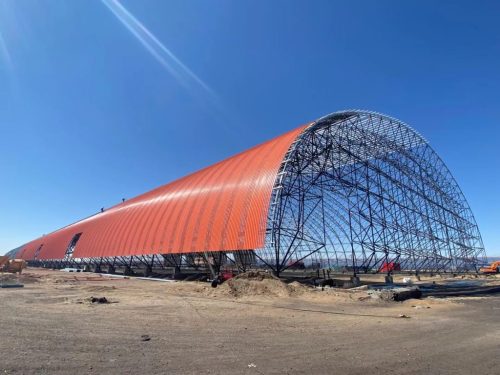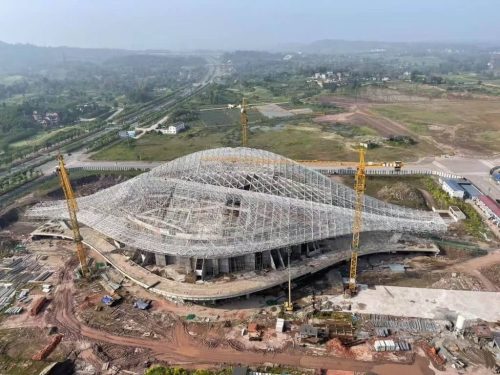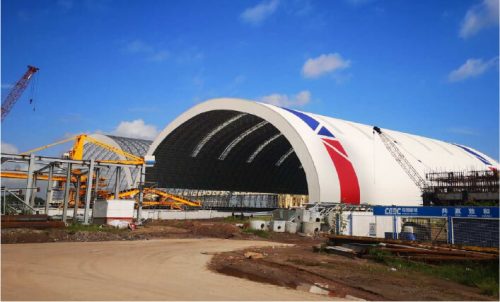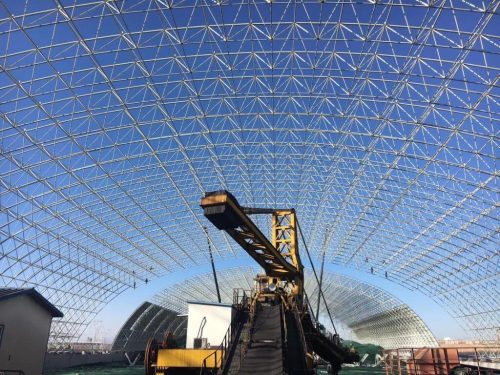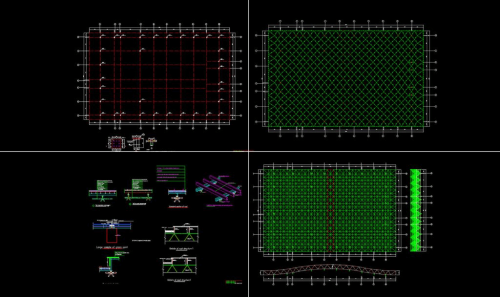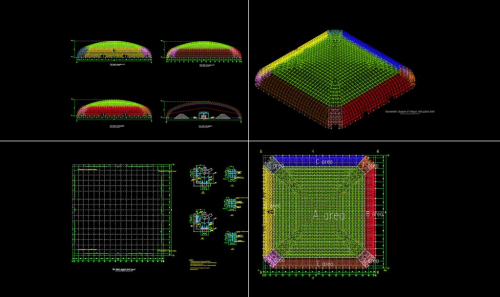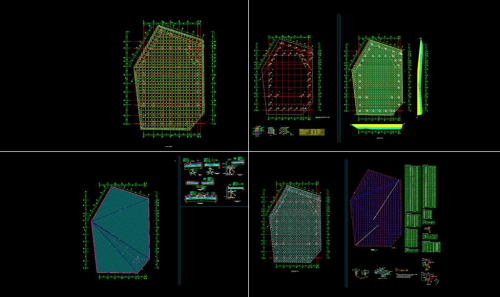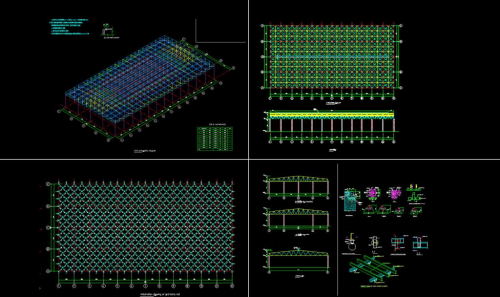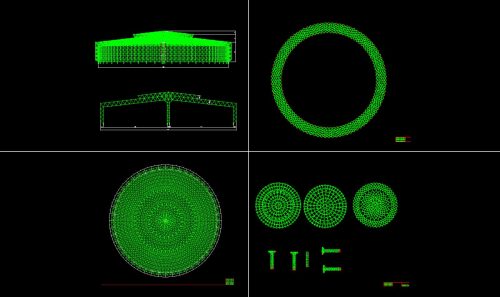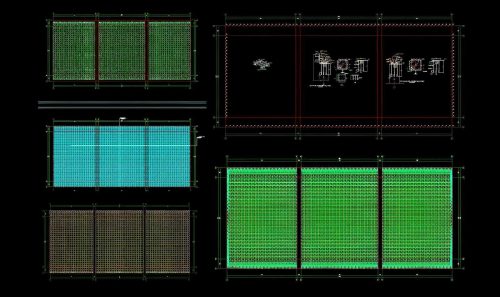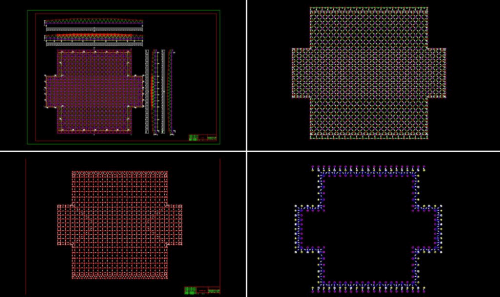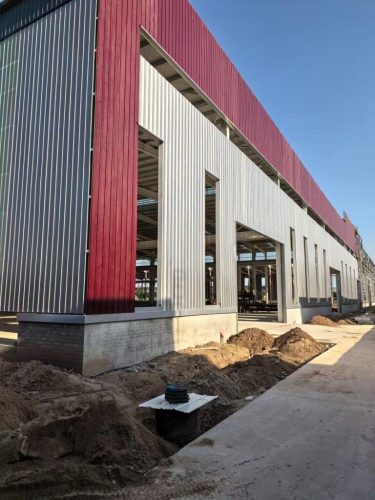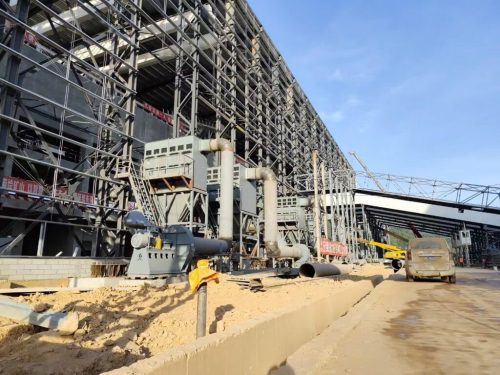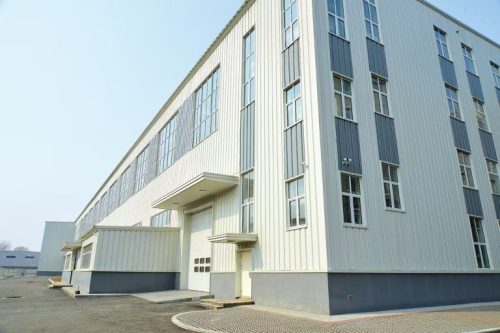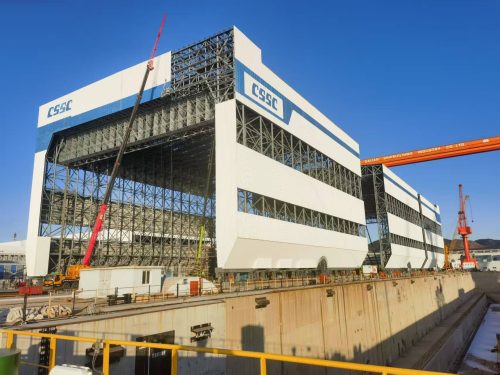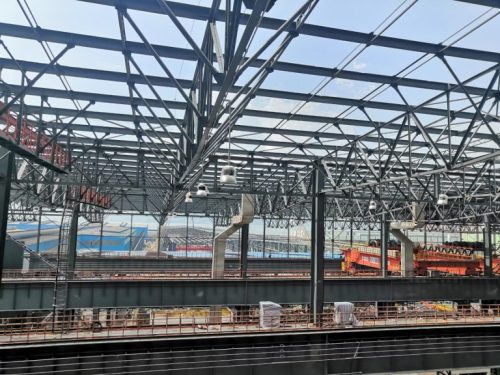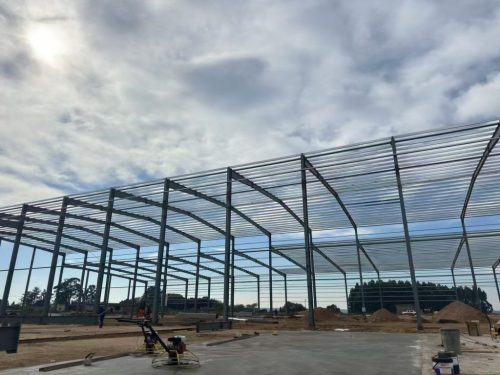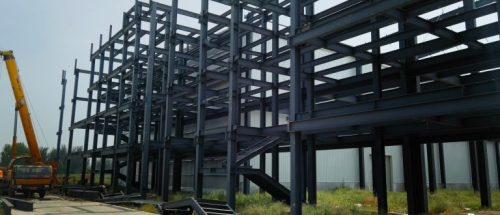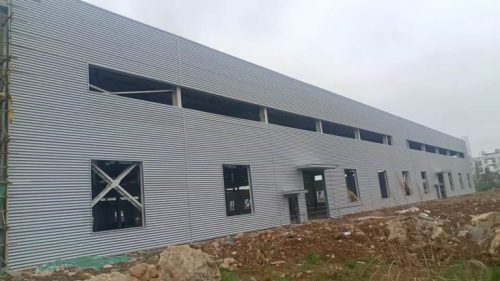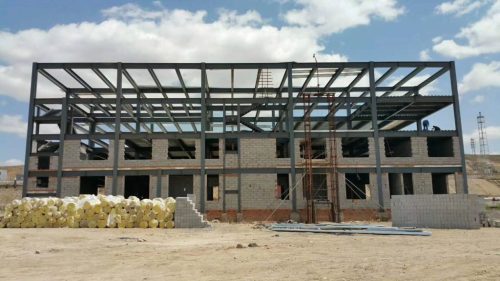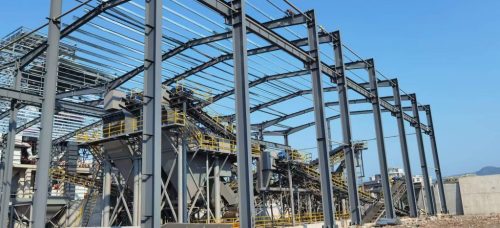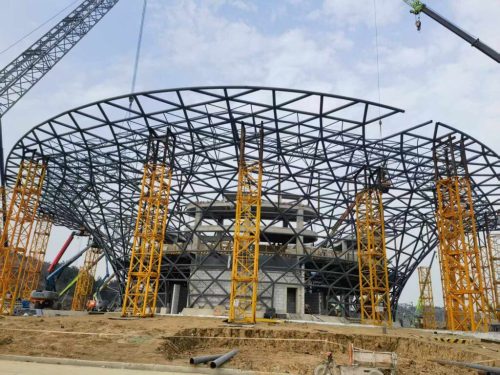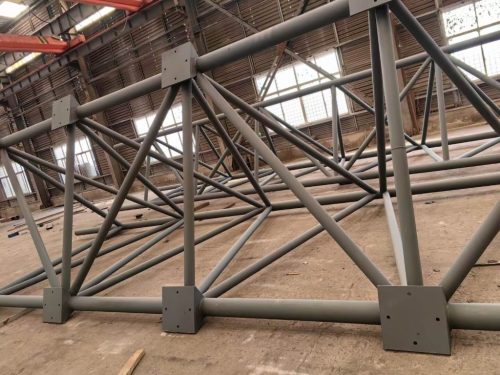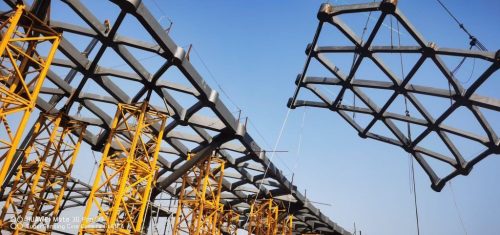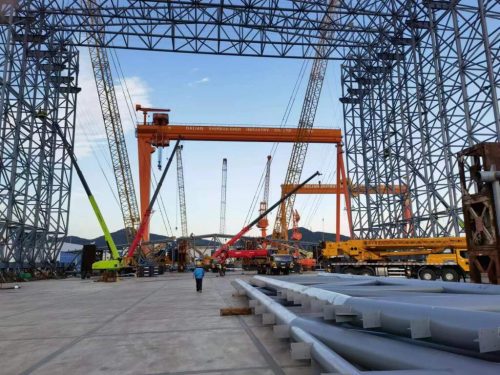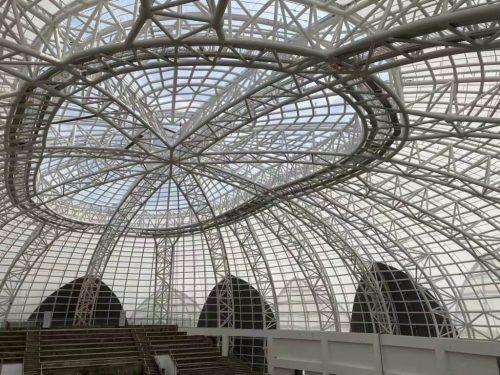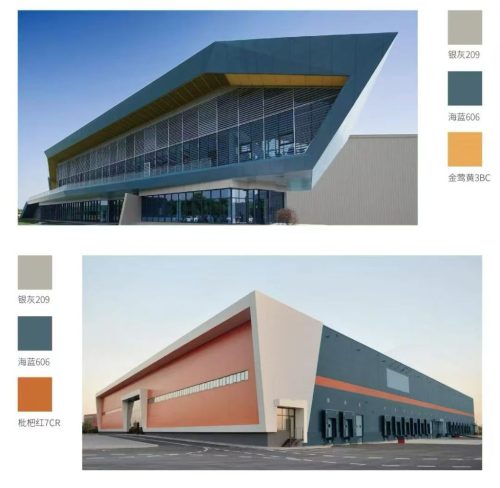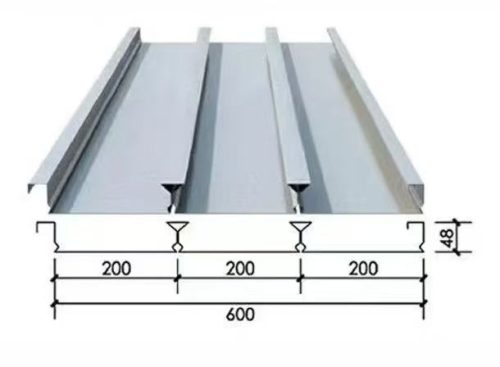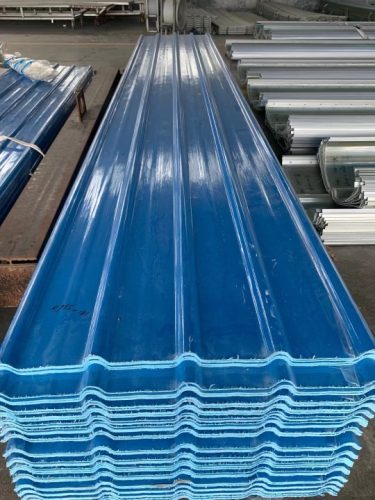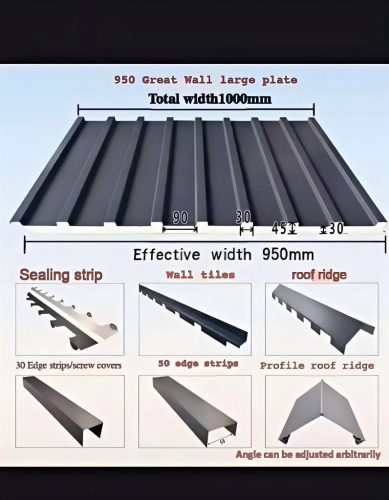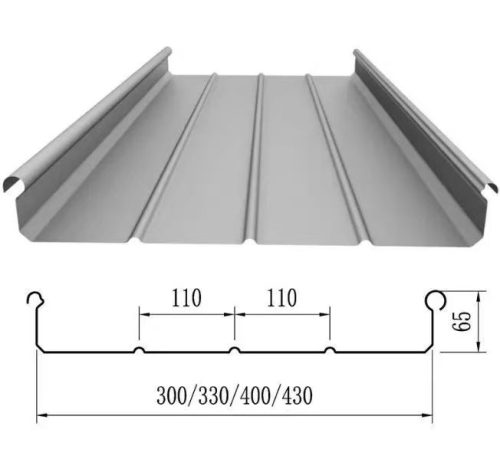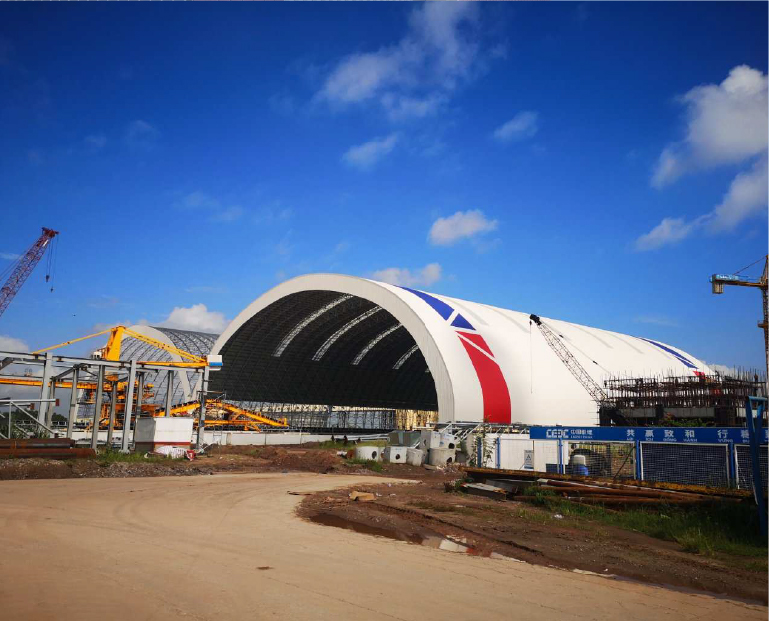Super-Large Span Stability Solution: Controlling 150m+ Deflection with Prestressed Cable Net and Double-Layer Truss System
In modern architectural engineering, achieving structural stability over super-large spans—particularly those exceeding 150 meters—is a significant challenge. Whether it’s stadiums, exhibition centers, or transportation hubs, the demand for expansive, column-free interior spaces continues to grow. However, such designs face a common pain point: controlling deflection and deformation to maintain both safety and performance over time.
The Challenge: 150m+ Span Under Deflection Control
As spans exceed 150 meters, conventional structural systems such as single-layer space frames or standard trusses often struggle to maintain serviceability. Excessive sagging, lateral displacement, and dynamic vibration under live loads and environmental factors (wind, snow, seismic activity) can severely compromise the structure’s integrity, aesthetics, and user safety. These issues demand advanced structural engineering solutions to achieve both strength and stiffness without excessive material use.
The Solution: Prestressed Cable Net + Double-Layer Orthogonal Truss Composite System
To address these challenges, a composite structural system that integrates a prestressed cable net with a double-layer orthogonal truss offers a highly efficient and stable solution.
1. Prestressed Cable Net System
A prestressed cable net acts as a tension-based support structure that effectively redistributes loads across the entire span. Cables are anchored at strategic points around the perimeter and tensioned precisely to pre-compress the structure. This system achieves several benefits:
Minimizes vertical deflection by counteracting gravitational loads with upward cable force.
Lightweight yet strong, reducing dead load while enhancing flexibility.
Resilient against dynamic loads, especially wind and seismic forces.
Efficient load transfer, spreading concentrated forces to multiple support points.
2. Double-Layer Orthogonal Truss
The cable net system is complemented by a double-layer orthogonal truss, which provides rigid support in both longitudinal and transverse directions. This structural grid is composed of upper and lower chords connected by vertical and diagonal members, forming a stiff 3D lattice:
Enhances torsional resistance and overall stiffness.
Reduces member length, minimizing buckling and increasing stability.
Supports complex roofing and architectural loads, including MEP systems and cladding.
Distributes loads uniformly, improving structural efficiency over large spans.
3. Composite Integration Advantages
When combined, the prestressed cable net and double-layer truss form a hybrid tension-compression system. This synergy delivers exceptional performance:
Active + Passive Load Sharing: Prestressed elements actively reduce deformation, while the rigid truss provides passive load resistance.
Span Flexibility: Ideal for 150m–300m spans with minimal intermediate supports.
Aesthetic and functional versatility: Supports curved and freeform roofs while maintaining structural integrity.
Applications in Real Projects
This system has been successfully adopted in landmark projects such as:
Olympic stadiums with iconic roof structures.
Airport terminals requiring open and column-free areas.
Mega exhibition halls where both height and span control are crucial.
Its modular design and prefabrication potential also reduce on-site construction time and costs—key advantages in today’s fast-paced construction environment.



